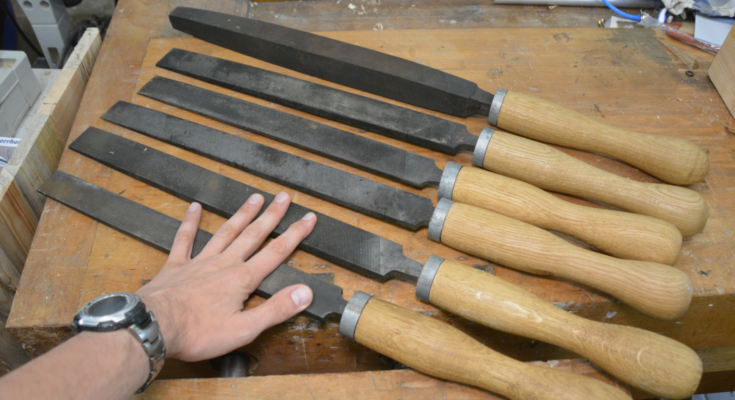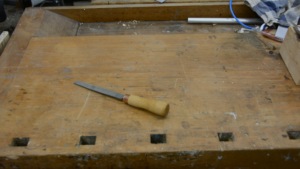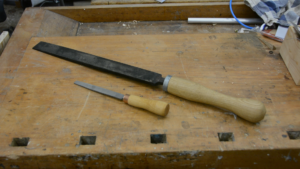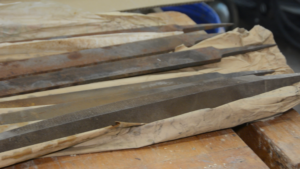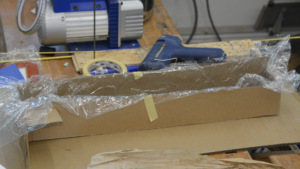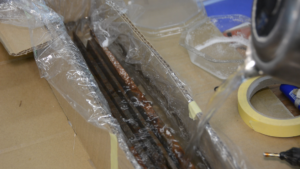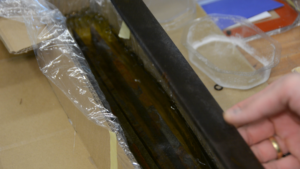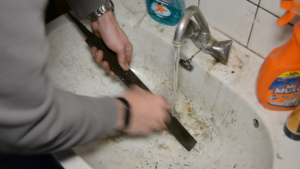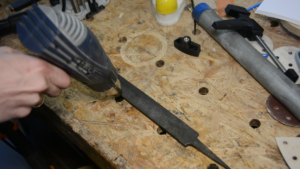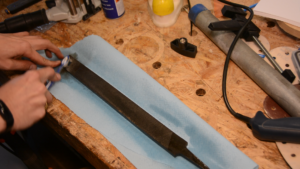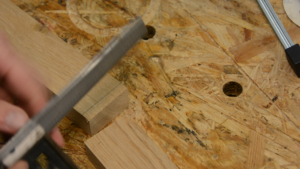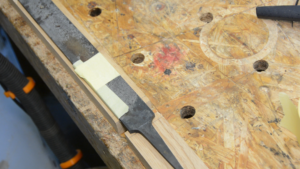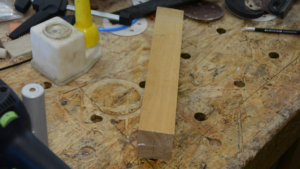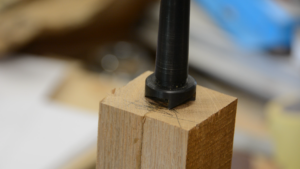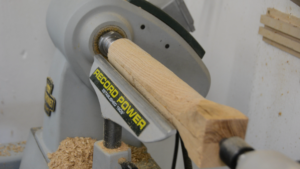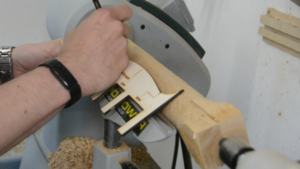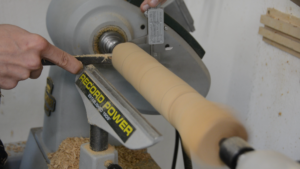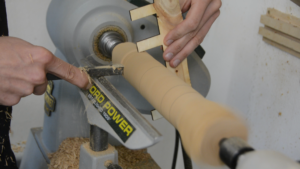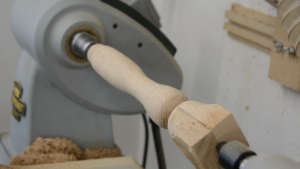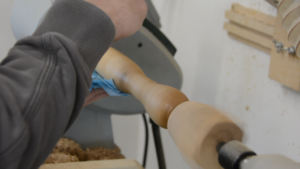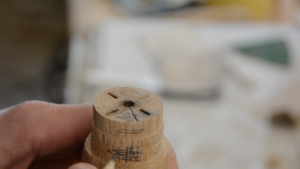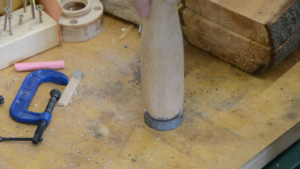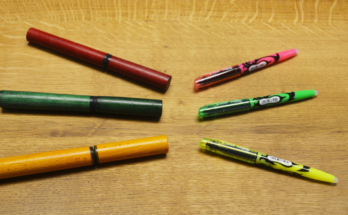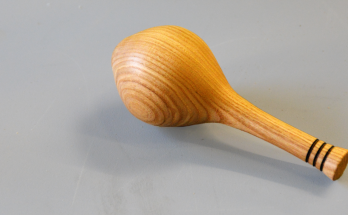One of my favorite scenes from the movie Crocodile Dundee is where he pulls out his knife with the quote “that’s not a knife”. In that respect you have to look at one of the giant files in comparison to a normal-sized one to appreciate that “That’s not a file. That’s a file.”
These files are really huge and it was fun to restore them.
Getting the rust off
Earlier this year my dad passed away and I inherited these files that he got from his dad. They are huge and my granddad used them to build carriage wheels and later car bodies at a short time in history when they were made from wood rather than metal.
The first step is to remove the rust. I make a quick form out of cardboard and shrink wrap to use not more acid than necessary. I am using citric acid for rust removal and let the files soak over night.
I rinse the files under clean water and remove most of the rust with a brush.
After drying the files with a hot air gun they get a short treatment with WD-40 to prevent rust building up again.
Making the handles
The handles will be made from oak. The lumber is milled on one side and cut to rough length. I will inset the handle opening by 1 cm from the end so that I can turn the wood directly between centers. These files are hand forged and therefore each file looks different and is not fully symmetrical.
To ensure that they sit straight in the handle I mark one side and trace the part of the file that should sit in the handle with a pen. From each side of the handle I remove half the thickness with a router.
The two halves are glued together and dry over night.
This method works for all files except this huge one.
For this to fit in the handle I measure carefully the dimensions and transfer them on the wood.
I then use a saw to cut out the shape from the handle. If the wood is clamped at an angle it is quite easy to stick to the line. To make woodturning easier I glue a wooden block to the end of the handle to close the opening.
After the glue has dried I put the handle on the lathe and turn it into a cylinder.
On the cylinder I can use my laser cut template to mark a couple of reference points.
The first depth Mark has to be precise and I therefore use calipers.
As the others are only for the visual look using the lower part of the laser template is precise enough.
I then create transitions between the marked areas. Lastly the handle is sanded to 240 grid.
Ferrule and putting the file in the handle
Before cutting off the ends I transfer the mark for the right side of the file.
As the ferrule I use part of a water pipe. I cut a slice of it off on the bandsaw.
A few gentle taps with the hammer drives the file into the handle.
The files turned out beautifully. I honestly don’t know what to do with them but having these impressive tools sitting on my tool wall will hopefully spark an idea.
Leave me a comment: What would you do with such a file?

